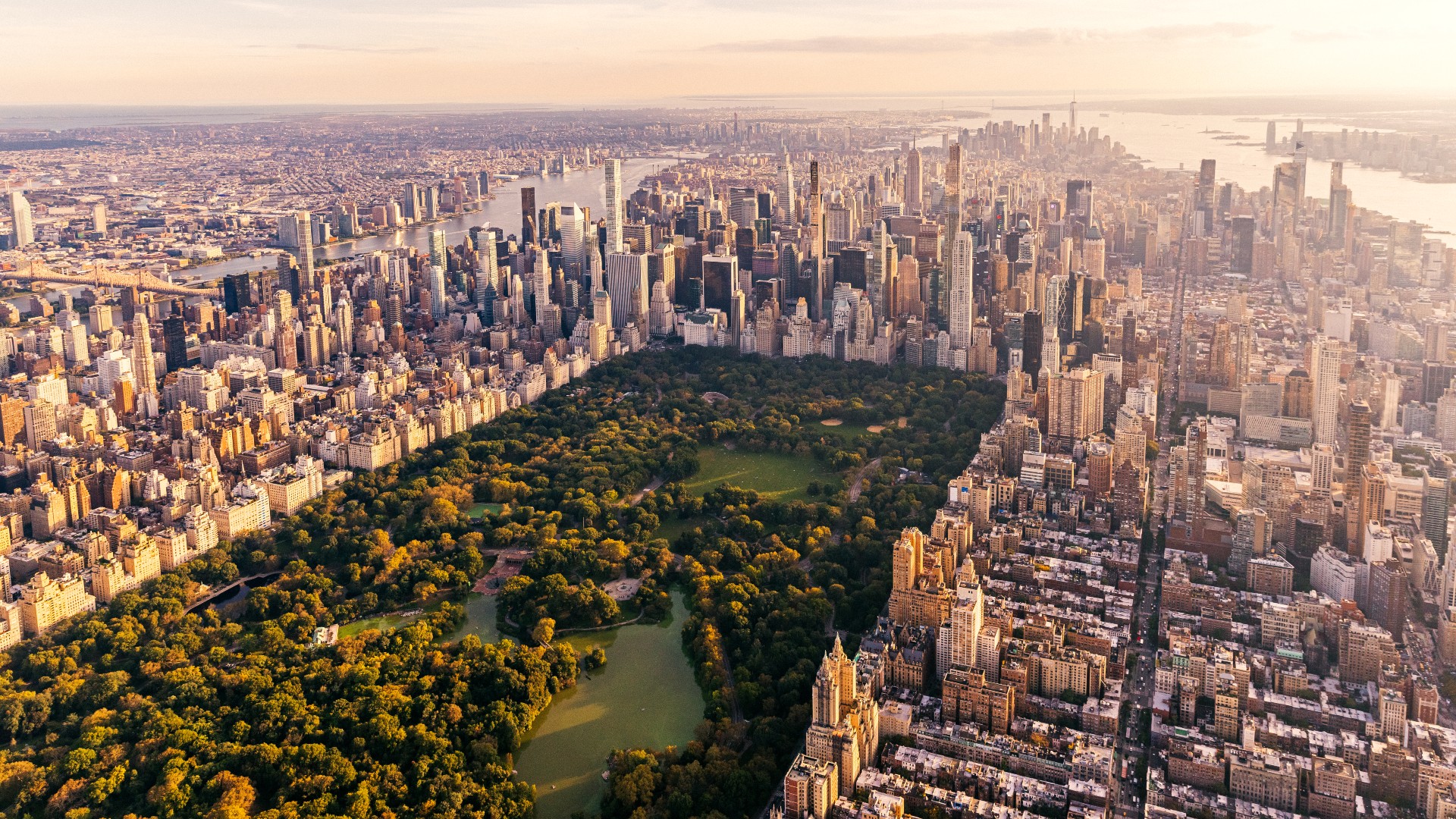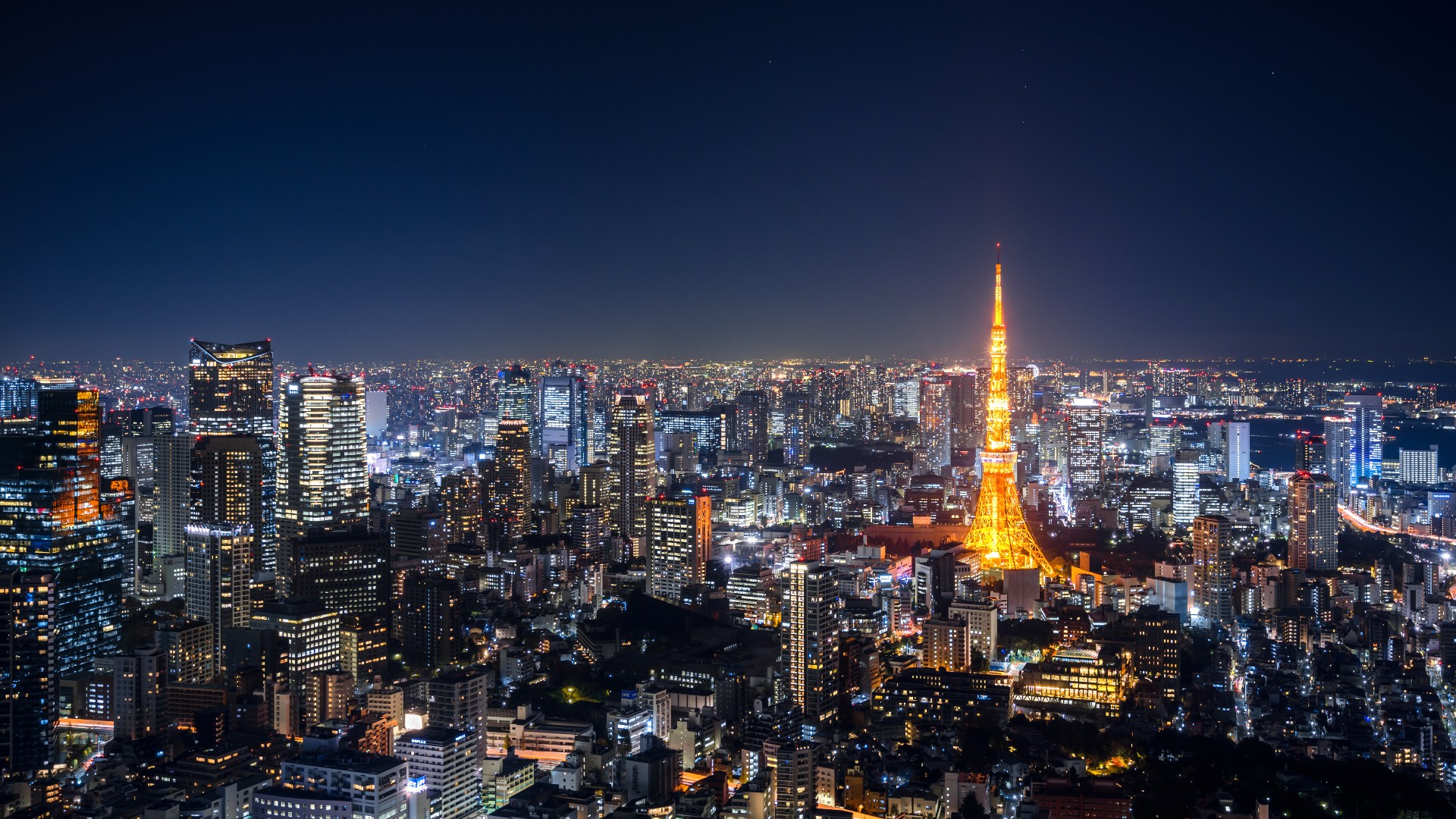
What is the world's largest city?
And what other cities are vying for top spot?

Over the last few centuries, cities have come to define the way humans live, work and interact. In 1800, just 10% of the world's population lived in cities, but since 2009, the planet’s urban population has exceeded its rural one — and in the U.S., around 80% of people call cities home.
As more people have moved to cities, these metropolises have swelled. But what is the largest city on the planet? And how exactly do we define "largest"?
There are two main ways of assessing a city's size: by measuring its geographical area, or its population. Both of these methods could legitimately lead to a city being proclaimed the largest, but is one of these options considered more valid?
"Both are as bad and as good as each other," Kevin Ward, a professor of human geography at the University of Manchester in the U.K. and director of the Manchester Urban Institute, told Live Science in an email. "They capture different aspects of urban change and transformation. With some cities building upwards and creating increased densification, one might expect some cities to grow their population without necessarily expanding their physical imprint."
Related: How many people can Earth support?

Ward also suggested a possible third option: assessing a city's cultural impact on the rest of the world. In this regard, Ward said, one could claim "Paris, London or New York" to be the "biggest." This is, however, open to individual interpretation.
Measuring the size of a city is difficult in part because there is no universally accepted way of defining what a city is, or where one begins and ends. "What constitutes a 'city' varies from one country to another," Ward noted. And neither size nor population are always a factor. Vatican City, for example, is the world's smallest independent country and is tiny in terms of its population (just 453 people) and area (0.19 square mile, or 0.49 square kilometer). Meanwhile, Ngerulmud, the capital of the Republic of Palau in the western Pacific, has just 400 residents, but at 180 square miles (466 square kilometers), has a larger area than Vatican City, and is regarded as the least-populous capital city in the world.
Sign up for the Live Science daily newsletter now
Get the world’s most fascinating discoveries delivered straight to your inbox.
Various sources have set out to establish the largest city in the world by area, and according to WorldAtlas and World Population Review, New York City comes out on top. However, the two sources have different interpretations of the city's size. According to WorldAtlas, New York City occupies a total of 3,353 square miles (8,683 square km), while World Population Review lists the city as covering 4,669 square miles (12,093 square km). This discrepancy is, according to Ward, because there are no concrete "norms and understandings" around how to determine a city's boundaries.
In terms of population, however, New York City is nowhere near the top of the list. According to World Population Review, New York, which has a population of 8,177,020 (as of 2022) is currently the 45th most populous city in the world, sandwiched between Kuala Lumpur, Malaysia (8,419,566) in 44th and Hangzhou, China (8,044,878) in 46th.
When it comes to the number of human inhabitants, no other city comes close to Tokyo, the capital of Japan. With an estimated population of 37,274,000, according to World Population Review, Tokyo has over 5 million more residents than second-placed Delhi, India, which is home to approximately 32,065,760 people.
However, other sources have reached different conclusions in terms of city populations. Statista, the German data aggregator, also names Tokyo as the city with the largest population, but it puts the figure at around 39,105,000. Statista's data ranks Jakarta, Indonesia, as the second most populous city, with an estimated population of 35,362,000, and puts Delhi in third, with a population of 31,870,000.
While it is difficult to definitively state which city is the largest, it's evident that the world has an increasing number of megacities — generally regarded as cities with a population over 10 million. These sprawling urban centers face numerous challenges, as they continue to expand, Ward noted, but they will hold the key to humanity's long-term survival, given that by 2050, almost 70% of the world's population will live in cities.
"In some [cities] the main challenge will be managing growth in a sustainable manner; in others, it will be what to do with an infrastructural legacy from past decades. The bottom line, though, is that the challenges facing the planet will be won or lost through the action of cities," Ward said.
According to UN estimates, the world could have as many as 43 megacities by 2030, up from the 31 we have today. The UN has also predicted that by 2028 Delhi will overtake Tokyo to become the planet's most populous city, so the Japanese capital's time at the top of the population pack could come to an end in the very near future.
Originally published on Live Science on Oct. 9, 2012 and rewritten on July 23, 2022.

Joe Phelan is a journalist based in London. His work has appeared in VICE, National Geographic, World Soccer and The Blizzard, and has been a guest on Times Radio. He is drawn to the weird, wonderful and under examined, as well as anything related to life in the Arctic Circle. He holds a bachelor's degree in journalism from the University of Chester.









